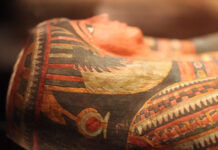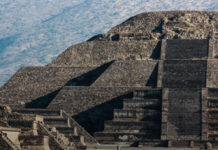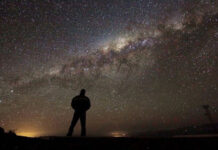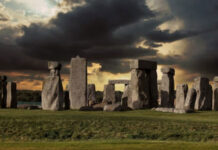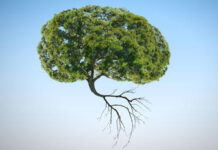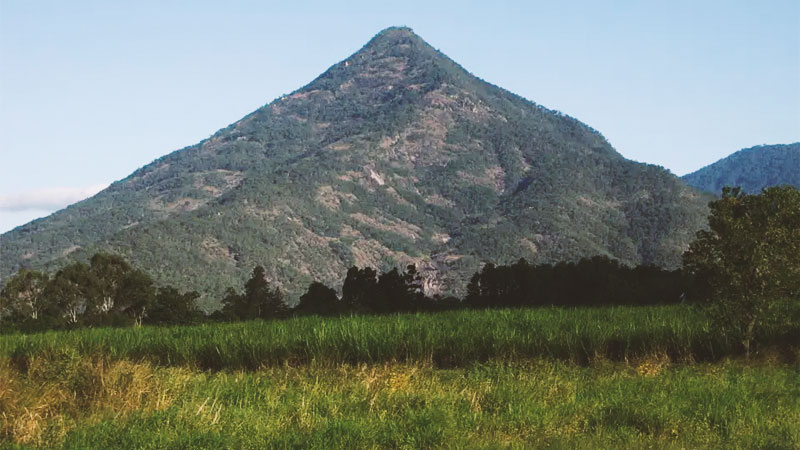
There are pyramid constructions all over the world, so it is not surprising that there is even a Great Pyramid in Australia.
A team of amateur archaeologists from Australia ensures that, before the arrival of Europeans, the ancient Egyptians traveled across the oceans and built pyramids on other continents.
One of these pyramids is the so-called “Walsh’s Pyramid”, located in Gosford, about 70 km (44 miles) north of Sydney and, in addition to its impressive 922 meters high (3,024 ft.), it has two walls with incredible Egyptian hieroglyphics.
The hieroglyphics discovered on the walls of the “Walsh’s Pyramid” have been credited to a group of ancient Egyptian navigators who arrived on the Australian mainland around 5,000 years ago.
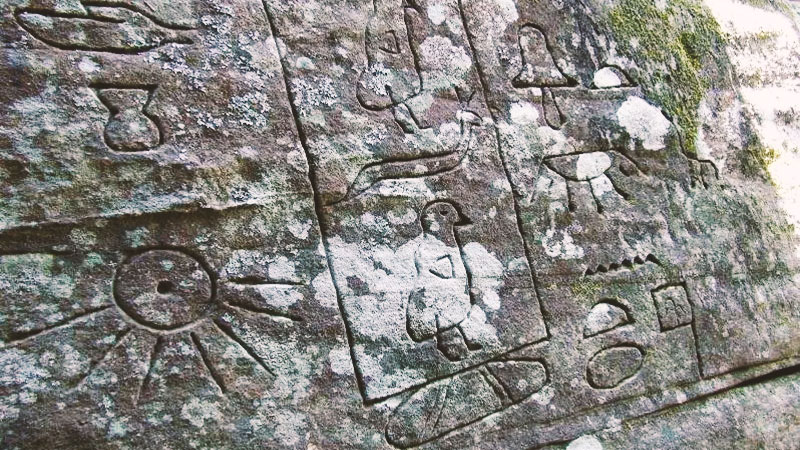
Ray Johnson, a controversial historian and archaeologist, translated Gosford’s hieroglyphics for the Cairo Museum of Antiquities and documented his translation of the two walls littered with Egyptian symbols.
This translation tells the tragic saga of these ancient Egyptian explorers, who sailed across the oceans and were shipwrecked in a strange and hostile land, now known as Australia. With no chance of returning to Egypt, they had to learn to survive in this new land, where they built two pyramids.
The first of these would be the “Walsh’s Pyramid” itself, which, according to the translations, is the final resting place of an Egyptian royal noble named Nefer Ti Ru.
The second pyramid was said to have been built in Gympie, in central Queensland, northeast of the Australian mainland, but has never been found.
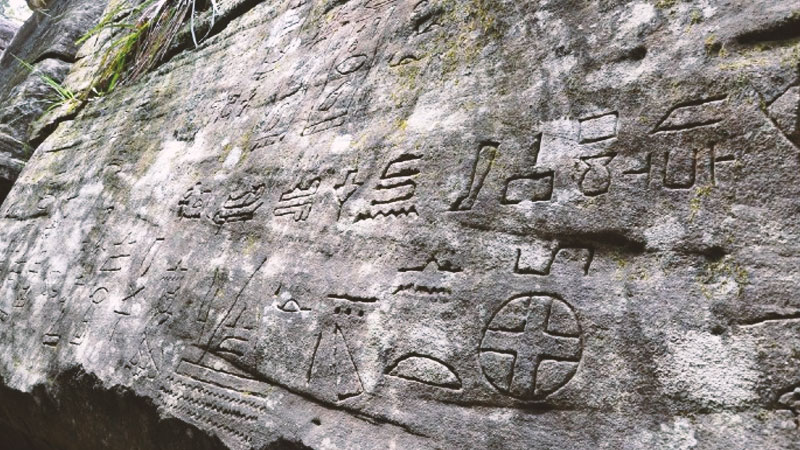
However, Gosford’s hieroglyphs have been considered fake by mainstream academics since their discovery in the 1970s.
Professor Boyo Ockinga, from the Department of Ancient History at Macquarie University in Sydney, says that a find like this would be relevant to Australian history, but that the engravings are placed randomly, unlike the structured way in which ancient Egyptian inscriptions are arranged.
“It would be wonderful, but I’m afraid it’s not possible”, says Professor Ockinga, who believes the most likely is that the hieroglyphics were made in the 1920s, during the worldwide Egyptology craze triggered by the discovery of Tutankhamun’s Tomb.
While evidence can be found that this pyramid could exist, experts have never wanted to investigate the site, and dismiss theories claiming the site is nothing more than a “natural granite peak covered by vegetation”.

